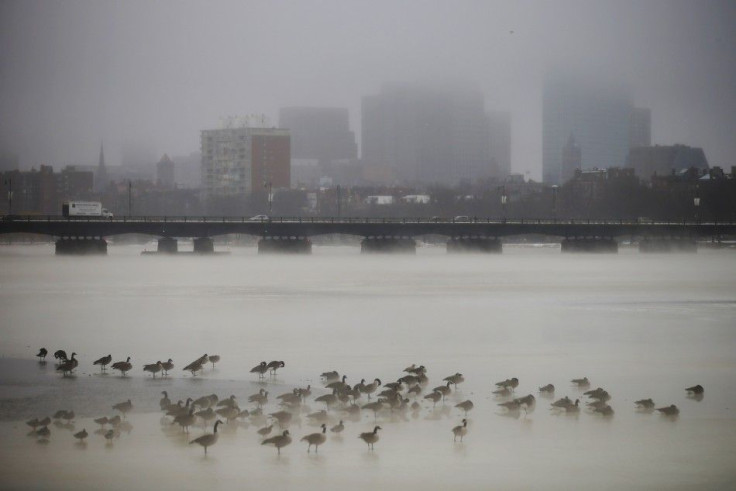US military could wipe out Tinian monarch, scientists warn

The US Department of Defence’s proposal of a new training site on Tinian, an island in northwestern Pacific Ocean, could endanger a Pacific island bird called the Tinian monarch. In 2004, the US government declared that the tiny bird was saved from extinction, but the government’s new project could finally wipe out the species.
Takepart reports that live-firing training would potentially remove about 2,000 acres of the Tinian monarchs’ habitat, about one-eighth of the island. Historically, the species have lost much of their habitat to deforestation, development and planting of non-native trees. Tara Easter, who petitioned the US Fish and Wildlife Service to return the Tinian monarch to the protection of the Endangered Species Act in 2013, warned that helping the birds back on their feet would be impossible.
“The military will be removing habitat that cannot otherwise be restored,” said Easter, who is also a scientist with the Centre for Biological Diversity. “Those birds they’re displacing can’t go anywhere else because the island is so small and so much is already inhabited.”
In November 2015, Saipan Tribune reported that Tinian politician Jude Hofschneide opposed the centre’s steps to protect the species. Hofschneide said that there is no guarantee that translocations are effective. The birds are known to be difficult to handle in captivity, and relocating would even be more complicated because the species are extremely solitary and territorial.
Hofschneider added that the number of Tinian monarchs has been increasing in recent years to more than 90,000, based on a survey of Tinian’s wildlife conducted by the Department of the Navy back in 2013. Takepart noted, however, that the conservation organisation BirdLife International’s estimates show a much lower population, merely between 20,000 and 50,000 birds.
Easter is also apprehensive that the introduction of invasive species such as the brown tree snake would destroy bird populations. The scientist hopes an Endangered Species Act designation could help change the military’s proposals.
“That protection is really, really crucial to make sure that their populations don’t plummet again as a result of these activities,” Easter said.
The Department of Defence will conduct new studies of the island.




















